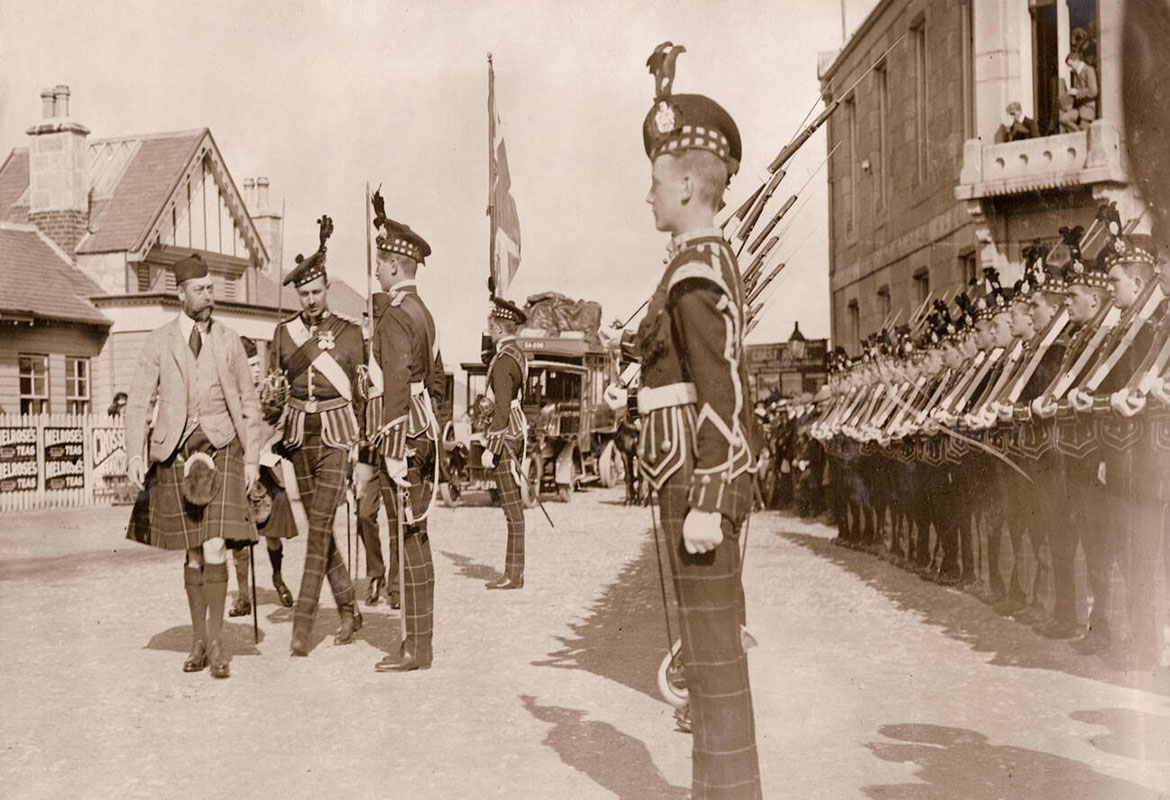The History of Kilt:
The History of Kilt, rooted in 16th-century Scottish Highlands, began as a belted plaid, evolving into the versatile great kilt by the 17th century. Suppressed during the 18th-century Act of Proscription, it resurged in the 19th century as a symbol of Scottish identity. Today, the kilt transcends tradition, embodying both heritage and modern style.
Overview
The history of the kilt, a traditional clothing associated with Scottish heritage, is rich and complex, spanning centuries. From its modest beginnings, this unusual article of apparel—often linked to rough terrain and energetic bagpipe tunes—has developed into a sign of pride in culture and heritage.
Earlier Beginnings
The Scottish Highlands in the sixteenth century are where the kilt first appeared. At first, it was a belted plaid, which was only a length of tartan fabric that was gathered and fastened around the waist. This early kind of kilt was functional and ideal for the rough Highland environment, giving its wearers warmth and flexibility.
Change into the Magnum Opium
The kilt changed throughout the years to become what is today referred to as the huge kilt, or feileadh mor. This adaptable article of clothing gained popularity in the 17th and 18th centuries. It may be worn as a full-length kilt or slung over the shoulder as a cloak. Because of its versatility, it was the perfect fit for the harsh climate and demanding lifestyle of the Highlands.
Obstacles and Repression
With the Act of Proscription in 1746, which came about as a result of the Jacobite rebellion’s loss at Culloden, the kilt’s renown was called into question in the eighteenth century. The wearing of tartan and kilts was among the Highland customs that the British authorities attempted to prohibit. As a result, kilt exposure decreased for over forty years, which was a difficult time for this famous clothing item.
Revival and Re-creation
The 19th century saw a revival of interest in Scottish culture and a resurrection of the kilt. The kilt became a symbol of national identity thanks in large part to Queen Victoria’s fondness for Scotland. Different clans came to be identified with particular tartan patterns, resulting in a visual mosaic of ancestry.
Contemporary Symbolism
The kilt has evolved beyond its geographical and historical confines in the modern period. It still has meaning in formal and ceremonial contexts, but people all across the world wear it with pride as part of their fashion statement. Contemporary kilts represent both traditional origins and modern tastes, with a variety of fabrics, designs, and colors to choose from.
In summary
The kilt’s longevity and versatility are demonstrated by its history. The kilt has persevered through hardships and welcomed change, from its utilitarian beginnings in the Highland scenery to its symbolic significance in establishing Scottish identity. It continues to be a timeless symbol that links its wearers to a rich tapestry of customs, history, and cultural pride.
